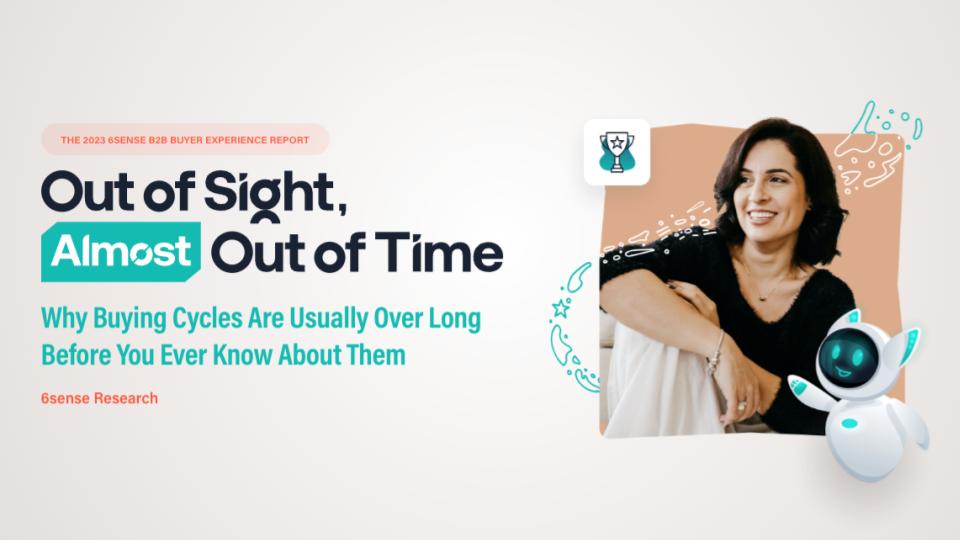Today’s buyers increasingly favor businesses that embrace a model of societal or environmental sustainability.
For instance:
- Organizations within the S&P 500 drive 18% more revenue when they actively invest in sustainable practices
- Seventy-three percent of buyers change their purchasing habits to reduce their negative impact on the environment
The Environmental Protection Agency notes that manufacturing companies in particular are placing an emphasis on building sustainable businesses. Some of the benefits these organizations see with sustainability, according to the EPA, include:
- Increase operational efficiency by reducing costs and waste
- Respond to or reach new customers and increase competitive advantage
- Protect and strengthen brand and reputation and build public trust
- Build long-term business viability and success
- Respond to regulatory constraints and opportunities
When manufacturers put in time, money, and effort to build a sustainable business, it’s crucial to promote those values. Sharing your sustainability goals helps build a trusted brand.
And building a powerful, trusted brand requires finding a receptive audience and reaching your buyers with targeted messaging in appropriate channels.
Find the Buyers that Value Sustainability
Some of your buyers will see partnering with a sustainable business as a top priority, while others will have it lower on their list. Discovering buyers that see sustainability as a top priority — or at least a topic of interest — will make it easier to hone your messaging and reveal the best channels to target.
Buyers who care most about sustainability will search for topics related to the techniques and processes that make a business environmentally friendly. This means they’re usually:
- Searching for keywords related to sustainability and products that are environmentally friendly
- Visiting websites related to the topic and read content on those sites
- Visiting sites of companies that are sustainably built
Interestingly, most of these actions don’t often register as clear buyer intent signals for manufacturers’ marketing teams. Why? those buyers haven’t raised their hands through a website form-fill. They’re simply performing research.
But it’s your company’s best interest to uncover this activity; after all, only 3% of site visitors fill out webforms. The rest lurk, doing research without directly engaging with your sales team.
Knowing these buyers exist, and knowing what they’re interested in, gives you incredible insights into buyer behavior — and a significant advantage over the competition.
To identify the buyers and accounts that prioritize sustainability, you need to leverage technology that will capture those signals.
6sense gives you the ability to find the accounts and buyers who are actively searching for sustainable solutions. With 6sense you can track generic and branded keywords that relate to your business and products. Not only will you now know the top keywords and their trends over time, you’ll know which critical accounts are prioritizing sustainability.
Finding those buyers makes it easier to target them with personalized campaigns touting your sustainable practices and values — giving them the experience they’re looking for during their buying journey.
Reach the Right Audience in the Right Place
Once you’ve uncovered the buyers and accounts that are actively searching for information relating to sustainability, it’s time to ensure your messaging reaches those audiences.
Connecting with your audience in the right place with the right messaging will be crucial to building brand awareness.
The best way to do this? Contextual targeting of your advertising.
Contextual advertising means serving ads to readers on websites that are relevant to your messaging — increasing the chances a buyer will engage with your ad.
A Spark Neuro study revealed that contextual relevant ads generate 43% more engagement and 2x better ad recall.
Instead of creating a large-scale advertising campaign with an enormous budget that generates thousands of impressions but little engagement, it’s much more effective to hone your campaign to more targeted places — increasing engagement and saving money.
6sense’s contextual advertising functionality makes it easier to ensure your ads and messaging only appears alongside content that relates to your goals.
For instance: If you manufacture solar panels, with 6sense you can create an advertising campaign that focuses only on buyers that are actively in-market and interested in solar power, while ensuring the ads only appear when they’re performing research related to the topic.
Conclusion
Building a sustainable business is hard but important work. Focusing on green initiatives, or only using environmentally friendly materials, requires a level of care and investment other manufacturers don’t strive for.
But, when you focus on sustainability, it generates benefits by protecting the environment, building goodwill with your brand, and actually driving more revenue.
When you’ve done the work to build a sustainable business, it’s critical you are able to share your message with the right audiences to help increase your brand awareness and ultimately win more business.
6sense makes it easier for manufacturers to find the buyers who prioritize sustainability and target them with the right messaging in the right place.






